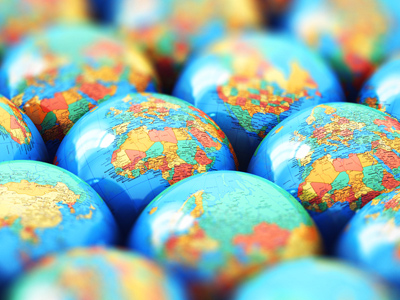
Global Inequalities
This Geography quiz looks at global inequalities. There are global differences in economic development and quality of life. There are several ways of measuring these global inequalities, the ones that you need to know for your GCSE are the GNI (Gross National Income per person), birth and death rates including infant mortality, life expectancy, people per doctor, literacy rates, availability of clean water and the HDI (Human Development Index).
The demographic transition model illustrates how a population changes with time. Despite its grand sounding title, it is designed to look at how birth and death rates have an impact on the population of an area or country. There are five stages and each is linked to a stage of development - you are expected to know the five stages and be able to give examples of areas or countries at each stage.
You also need to know some of the causes of these inequalities and the consequences of them. For example, areas in the tropical rainforests of South America are very remote and difficult to access so trade, good healthcare, access to clean water and so on is very limited. The consequence of this is that the people living in the area will have low incomes and short life expectancies which could lead them to migrate. In some countries, for example the LEDC Romania, the desire to have a better quality of life has led to international migration.
Various strategies exist for reducing the global development gap between countries. Some of these are carried out by governments, for example aid, debt relief and loans. TNCs (Trans-national companies) will invest, bringing industrial development to LEDCs. This benefits both the LEDC and the TNC as labour costs are lower but there are jobs for local people and in most cases, there is extra income for the LEDC in the form of taxes on business profits. Other strategies that help to reduce global inequality are fairtrade agreements and the massively important tourism industry. Spending from foreign tourists can introduce a lot of money into some deprived areas which lack the resources for other industry.
Some LEDCs and NEEs (newly emerging economies - also known as NICs or newly industrialised countries) are now experiencing rapid economic development which leads to significant social, environmental and cultural change. An example of this is China where there are extremes of poverty and wealth, uncontrolled pollution from industrial activity and power generation, environmental damage from large-scale projects and significant cultural change.
Ready for more?
not all...
quizzers. Try to win a coveted spot on our Hall of Fame Page.







